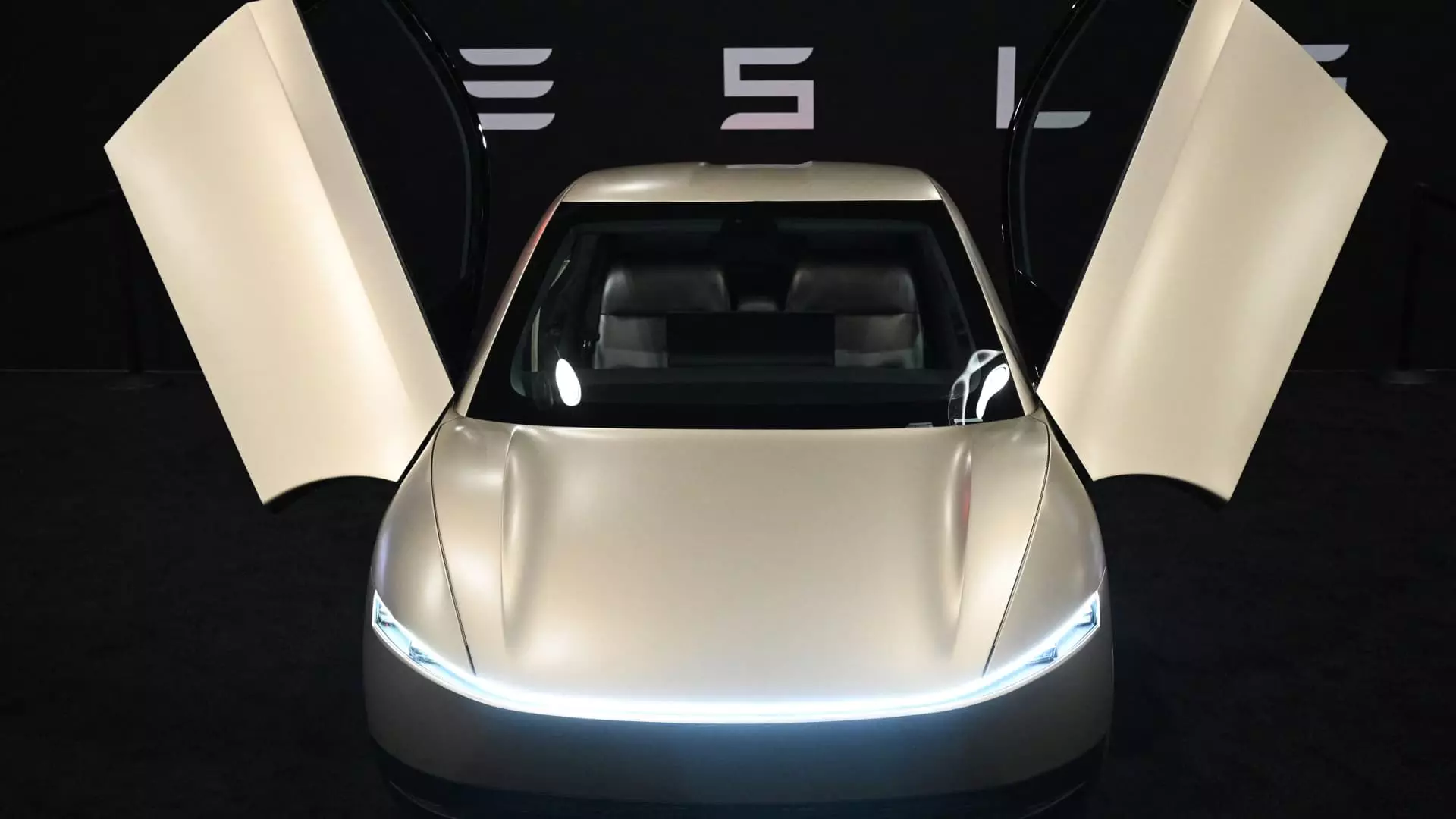Tesla has been at the forefront of the electric vehicle revolution, heralded as a major player in the shift towards sustainable transportation. However, under the glitz and glamour of Elon Musk’s visionary persona lies a chilling truth: the dreams of fully autonomous robotaxis are far from being realized. While devoted fans and loyal shareholders cling to the notion of Tesla’s Full Self-Driving (FSD) technology revolutionizing the transportation industry, the reality on the ground tells a different story.
The Mirage of Autonomy
For over a decade now, Elon Musk has dangled the carrot of a fully self-driving Tesla in front of investors and consumers alike. Time and again, he has assured us that the technology is just one software update away from transforming the automotive landscape forever. Yet, here we are—stuck with a system that is billed as “full” self-driving but masks a basic truth: it still requires constant supervision and manual intervention. Marketed as “Full Self-Driving (Supervised)” in the U.S. and cleverly rebranded to “intelligent assisted driving” in China, the guise of autonomy is attractive but misleading. The system relies on a plethora of cameras and sensors, and despite its impressive feats, it still cannot operate without human oversight.
This dilemma begs the question: Are consumers, perhaps unwittingly, placing themselves in peril by placing misplaced trust in FSD? The Tesla owner’s manual rings alarm bells, emphasizing the necessity for drivers to remain vigilant. Yet, numerous anecdotal accounts suggest that many Tesla owners use the system in ways that blatantly disregard these safety advisories. This reckless behavior has resulted in horror stories of collisions, injuries, and fatalities connected to Tesla’s driving software.
The Public Safety Dilemma
The tantalizing promise of cutting-edge technology comes hampered with undeniable risks, a fact that many industry experts cannot overlook. Guy Mangiamele, a professional test driver, highlights a grave concern when he mentions that “the times that [FSD] trips up, you could kill somebody or you could hurt yourself.” His statement illustrates the thin line separating innovation from incompetence. The implications of a technology that occasionally malfunctions during critical driving scenarios shouldn’t be dismissed lightly, especially in a world where vehicle safety is paramount.
This persistent blend of cutting-edge technology with unyielding public safety concerns has made headlines, shining a spotlight on the ethical responsibilities of companies like Tesla. As autonomous vehicles become intertwined with daily life, the need for rigorous scrutiny and examination rises proportionately. Tesla fans may tout the system as revolutionary, but the specter of potential disaster looms ominously overhead. How many more incidents must occur before stakeholders demand accountability?
The Fallout from Musk’s Political Maneuvering
Adding further complications to Tesla’s narrative is the significant shift in Musk’s political stance. Once loved by many for his innovations, the billionaire has now courted controversy by aligning himself with far-right politics and advocating for draconian cuts to the federal workforce. Such political maneuvering has bombarded Tesla with unprecedented backlash—boycotts, protests, and even acts of vandalism have plagued the brand. Long-time customers are now considering alternatives, and the once-booming Tesla market is beginning to show signs of wear, which is evident in the record levels of trade-ins for existing vehicles.
Musk’s controversial choices may have deeper repercussions for Tesla than mere public sentiment. The stock saw a startling 36% decrease in the first quarter of 2025, highlighting the chasm between anticipated performance and reality. For a brand that prides itself on innovation, this stock plunge serves as a stark reminder of how quickly the tides can turn in the public eye.
The Inevitable Call for Accountability
As Tesla prepares for a pivotal year filled with product unveilings and Musk’s promise of a forthcoming robotaxi launch, many remain skeptical. Industry experts, including analysts within Telemetry, have voiced doubt that FSD is anywhere near ready for unsupervised use. Their assertions highlight a dichotomy between the rhetoric espoused by management and the technological capabilities currently available.
The essence of accountability should not blur amidst hopeful promises. As Tesla teeters on the edge of innovation and impending disaster, it becomes crucial for regulators, consumers, and the industry at large to maintain a critical lens. FSD may exhibit remarkable capabilities, but its limitations must not be understated. The collective responsibility lies with Tesla and its stakeholders to ensure that the line drawn between technological aspiration and public safety remains firm and respected—lest the dreams of a driverless future become a nightmare.

